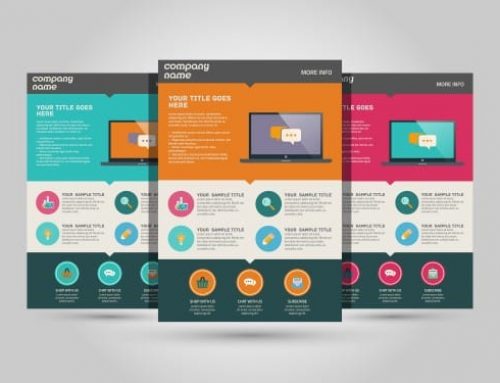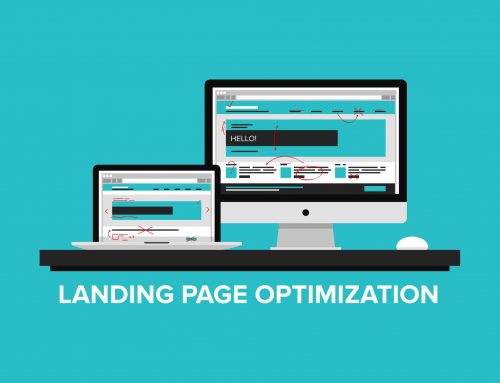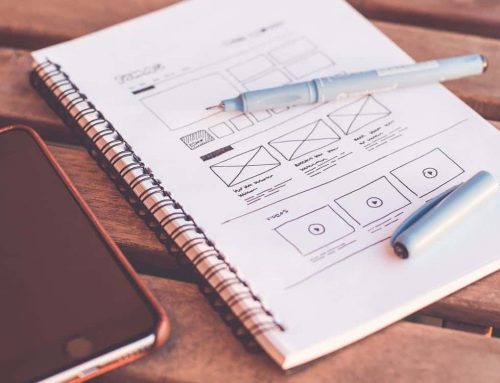With digital trends evolving at a steady pace, it’s hard to know when your business needs a website redesign, or when your website needs a much-needed update. When it comes to something as subjective as design, there may even be disagreements among your team about what looks good or feels right.
So how are you supposed to know when it’s time for a website redesign?

1. Your Website is “Over-Designed”.
Let’s get this out of the way. If your website has a Flash intro, cheesy stock photos, or auto-plays music, it’s 100% time for a website redesign. No need to keep reading.
When ecommerce websites first came into play, there wasn’t much information about user psychology in terms of digital marketing. Because there were so many elements to choose from, the tendency was to over-design. Large, colorful fonts, Flash animation, big music, novelty fonts, and a clutter of RSS feeds were used to show off that your brand was truly tech-worthy.
Today, simplicity is everything. Marketers and researchers find that too many elements cut into the message of your company. Instead, try one or two special elements to “wow” your audience. For example, one high-quality hero image on your home page is an excellent, updated way of showing off a featured project.
2. Your Website Isn’t Intuitive.
While “intuitive” is also a subjective word, there are ways to measure how a user interacts with your website. First, your navigation bar is an essential, so limit the number of items and order them according to the most important pages. Users should be able to easily scroll down, click on links, view products, and make purchases without any trouble.
If you discover that users are somehow “stopped” at a certain point (for example, you have hundreds or thousands of product views but no purchases) you need to consider that something is wrong in the process. It either doesn’t work from a technical standpoint, or something about it is too confusing.
To solve this, ask a focus group or a member of your target demographic to view your site and make a purchase (or pretend to make a purchase) without telling them how. Observe how they navigate from the home page to the final sale. If they struggle or ask questions at any point, take notes. This will give you the best insight as to whether or not your website is intuitive.
3. Your Website Isn’t Mobile-Friendly.
More people are choosing smartphones over desktops to view websites. And speaking from an SEO perspective, search engines favor sites that work well no matter what platform it is viewed from.
There tends to be a correlation between mobile-friendliness and audience trust. Users are much less likely to make a purchase from their phone if they have a difficult time scrolling or zooming in and out to view text. Today, there are many website templates that come with a mobile-friendly version – it’s time to take advantage of them.
4. Your Website Isn’t “Connected”.
Websites that don’t utilize social media icons and sharing tools feel isolated. This may be a small detail, but makes a big difference to users. By letting them know you’re on their favorite platforms, you’re meeting your target audience where they live and play. Make sure to place social media icons in a non-cluttered, high-traffic area of your website.
5. Your Website Isn’t Ranking on Google.
This is a less obvious one, but just as important. Poorly designed websites are less likely to rank on Google search results. This is because well-designed, intuitive, and mobile-friendly websites get more clicks and lower bounce rates. They get more engagement and social media shares, which Google takes into account when ranking sites.
Users rarely make it past the first couple of pages of search engine results, so make your site design count. Whether you need just a little boost to your current design, or you need an escape from a Flash-fueled nightmare, SEO Brand is here to help.




